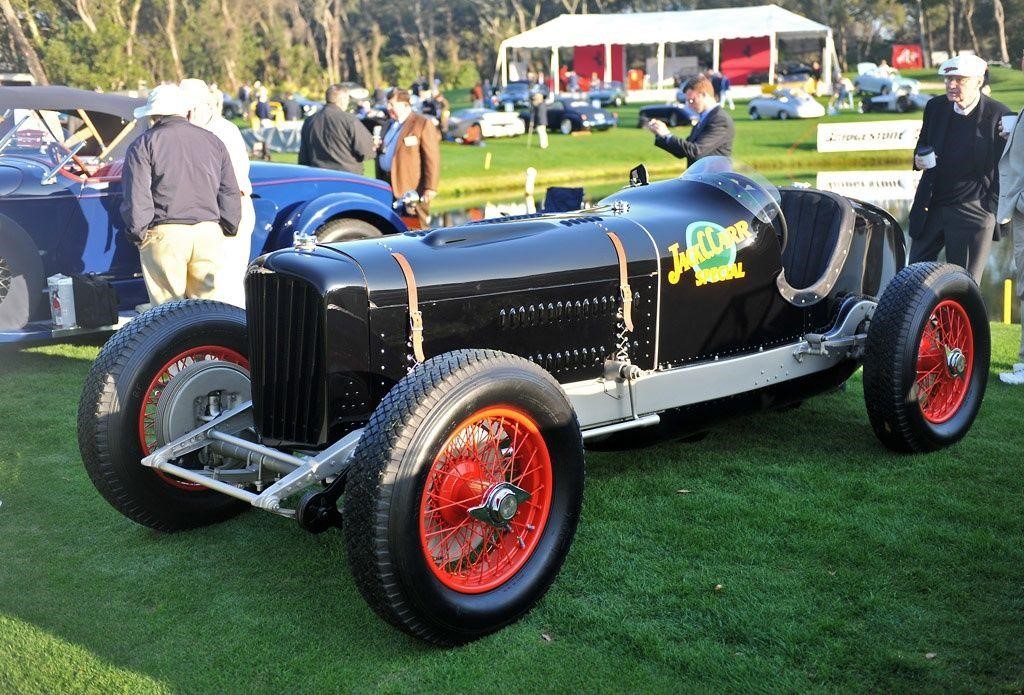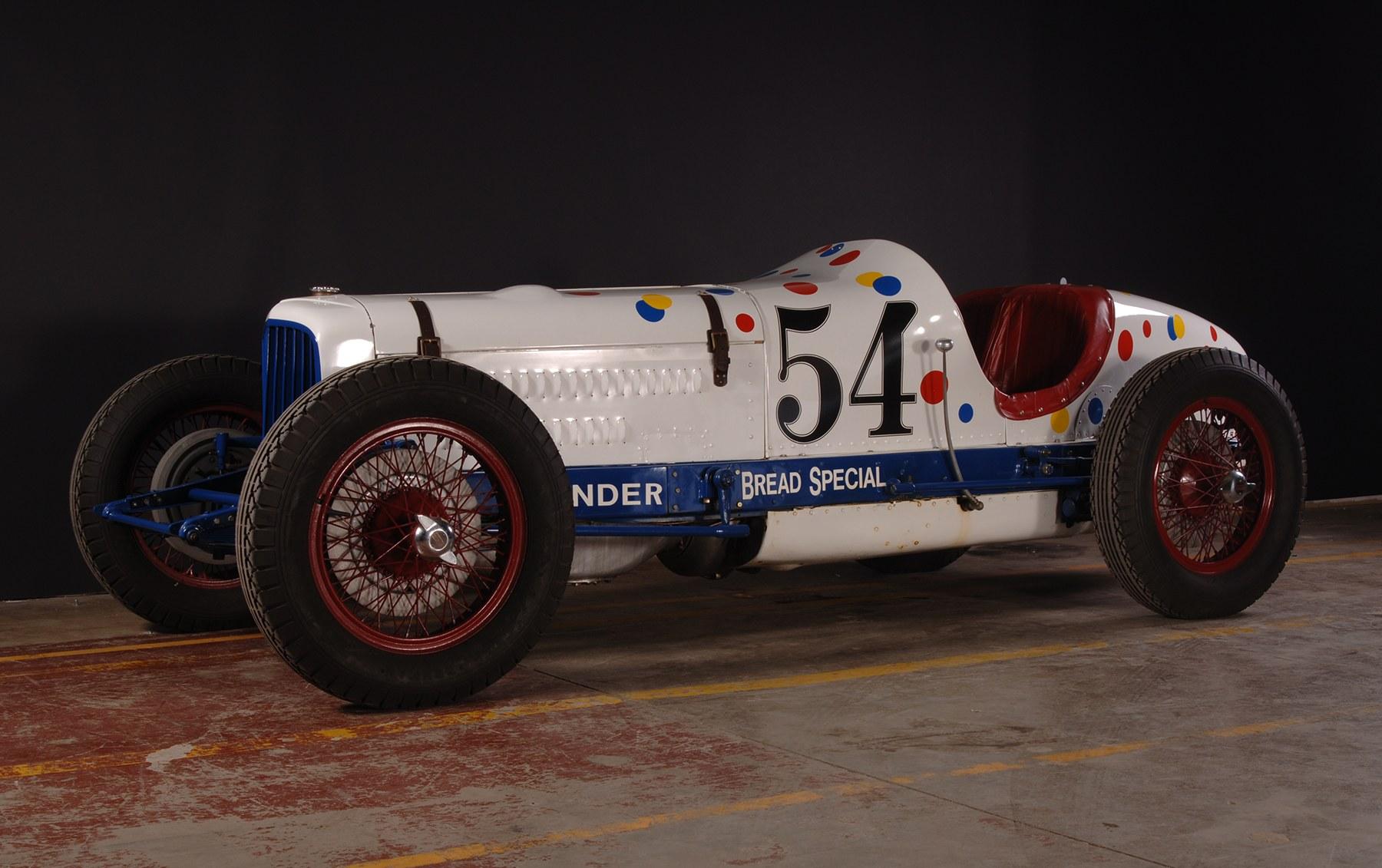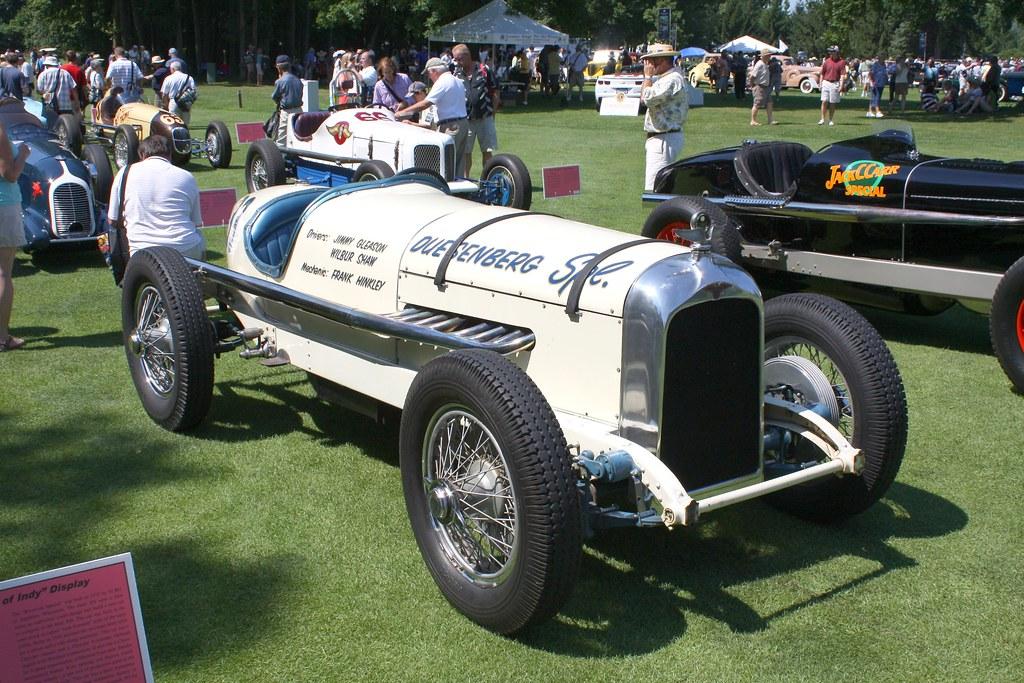1931 Duesenberg Model A Indy Race Car

The descriptions of the Classic Cars in the Directory were partly generated or supplemented with the help of artificial intelligence (AI). The content may occasionally not always be entirely accurate or factually correct despite careful checking.
The Duesenberg Model A Indy Race car from 1931 is a machine that embodies the passion, precision, and power of motorsports engineering. With a focus on speed and performance, this legendary car was created to dominate the famed Indianapolis 500 race, and cement its status as a true icon of American motorsports.
At its core, the Duesenberg Model A Indy Race car features a monstrous 420 cubic inch, inline 8-cylinder engine. This engine is fitted with dual overhead camshafts, a cross-flow cylinder head design, and four valves per cylinder. This configuration allows the engine to produce an impressive power output of 265 horsepower, which was considered a triumph of engineering during its time.
To handle this immense power, the Duesenberg Model A is equipped with a three-speed manual transmission, which is controlled by a center-mounted shifter. The transmission is fitted with a lightweight flywheel and a multi-plate clutch, which allows for smooth and efficient shifts at high speeds.
The suspension system of the Duesenberg Model A Indy Race car is equally impressive. The front suspension features a solid axle, elliptical leaf springs, and hydraulic shock absorbers, while the rear suspension features a live axle, semi-elliptical leaf springs, and friction shock absorbers. This system provides a smooth and stable ride, even at high speeds, while also enabling the car to make tight turns and quick maneuvers.
To ensure that the Duesenberg Model A Indy Race car could stop quickly and safely, the engineers at Duesenberg fitted the car with hydraulic brakes. This was a major innovation at the time, and it allowed the car to slow down from high speeds without the risk of overheating or fade.
The body of the Duesenberg Model A Indy Race car is truly a work of art. Made up of sleek and aerodynamic curves, it was designed to slice through the air and minimize wind resistance. The car's steel frame is fitted with a lightweight aluminum body, which adds to the car's speed and agility.
Inside the car, the driver is surrounded by a Spartan but functional cockpit. The car's low-slung design means that the driver sits almost on the ground, giving them a low center of gravity and a clear view of the road ahead. The car's dashboard is fitted with a simple array of gauges and dials, which allow the driver to monitor the car's vital signs at a glance.
Overall, the Duesenberg Model A Indy Race car from 1931 was a true marvel of engineering and design. With its powerful engine, efficient transmission, stable suspension, and sleek body, it was a force to be reckoned with on the racetrack. Even today, it stands as a testament to the skill and ingenuity of the engineers who designed it, and the drivers who risked their lives to race it.
Milestones
- Introduced in 1929 as a successor to the Model J - Custom-built for wealthy racing enthusiast Harry Hartz - Equipped with an advanced supercharged straight-eight engine - Produced 265 horsepower, capable of reaching a top speed of over 135 mph - Featured advanced engineering and design, including hydraulic brakes and a sophisticated suspension system - Made history by setting a new track record at the 1931 Indianapolis 500 race, averaging 113.15 mph - Driven by legendary race car driver Fred Frame to a 3rd place finish at the 1931 Indianapolis 500 - Only 13 Model A race cars were ever built - Remains a revered classic among car collectors and racing enthusiasts today.Technical
• Engine: Straight-eight, 4.2-liter capacity • Horsepower: 265 hp • Top Speed: 145 mph • Transmission: Three-speed, with hand-operated clutch • Chassis: Pressed-steel with box-section cross members • Suspension: Front I-beam axle with semi-elliptical leaf spring and friction shocks, rear live axle with semi-elliptical leaf springs and double-action shocks • Brakes: Four-wheel hydraulic drum brakes • Tires: 5.50 x 19 inch Firestone • Fuel Capacity: 35 gallons • Wheelbase: 112 inches • Weight: 2,700 pounds • Body: Two-seater, open-wheel race car • Racing History: Competed in the Indianapolis 500 in 1931 with driver Louis Schneider, placing 11th. • Production: Only three Model A Indy Race cars were produced by Duesenberg in 1930-1931.


